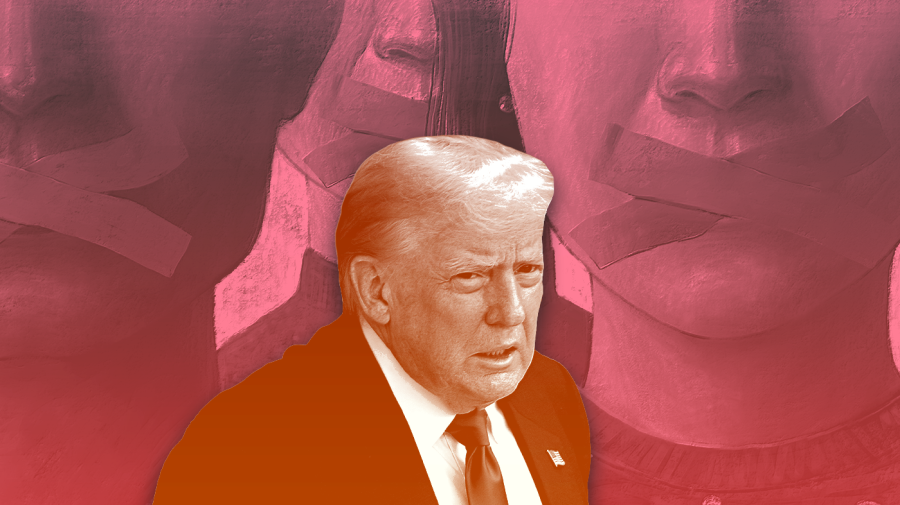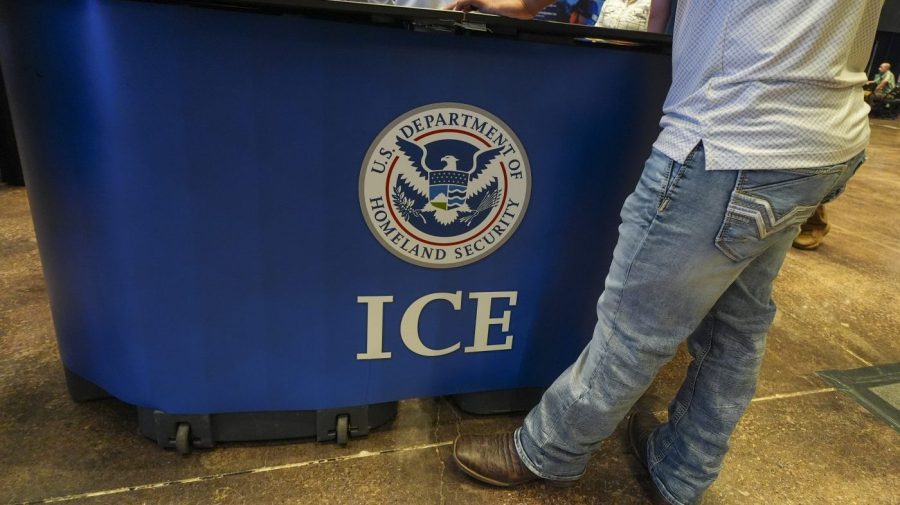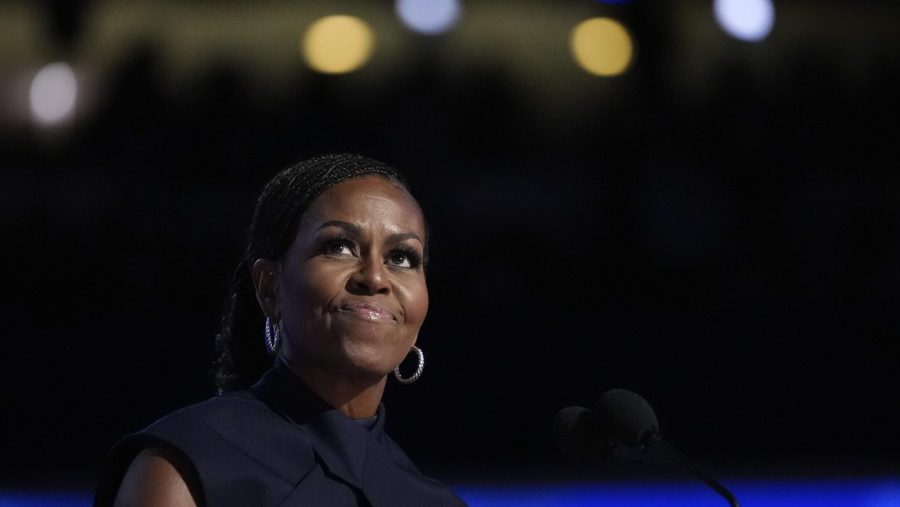
Motion Picture Production Code of 1930 Codified the moral prescriptions of 1920s conservatism. Today, President Trump has revived that impulse — not for cop movies, but for criminalizing dissent.
Under him 25 September National Security Presidential Memorandum 7The administration is recasting some forms of political expression as a criminal conspiracy, and mobilizing the full weight of federal law enforcement to combat organized crime. As I argue in my new book, “fundamentally conservative,” This initiative shows that Trump is the culmination of a long-standing American conservative tradition, not a contradiction.
The memo branded “anti-fascist” rhetoric as a threat, declaring that such rhetoric “has become an organizing rallying cry used by domestic terrorists to conduct violent attacks against democratic institutions, constitutional rights, and fundamental American freedoms.” As motivated by alleged “anti-fascist” manifestations, Trump ordered that “all federal law enforcement agencies with investigative authority will adopt strategies similar to those used to address violent crime and organized crime to disrupt and dismantle entire networks of criminal activity.”
The list of prohibited conduct, in its broadness and vagueness, resembles the prohibitions once imposed by the Production Code, which constitutional scholars long ago condemned as serious First Amendment violations. And like the code, the language of Trump’s order is flexible enough to reach speech and advocacy that falls outside any common definition of criminality.
For example, the code stipulated that “no picture shall be made which would lower the moral standards of those who view it.” Trump’s order triggered an investigation allegedly “hostile to those who hold traditional American views on morality.”
The Production Code stressed that religion should not be “downplayed in the minds of the audience”. Prohibited language includes “words such as Lord, God, Jesus, Christ – unless used reverently.” Trump’s order identifies “anti-Christianity” and “hostility toward those who hold traditional American views on religion” as “the common thread fueling this violent conduct.”
The Production Code demanded that “the sanctity of the institution of marriage and the home shall be preserved.” Trump’s order highlights “hostility toward those who hold traditional American views on the family.”
The Production Code banned what its producers viewed as the racial extremism of its time, stating, “Miscegenation (sexual intercourse between the white and black races) is prohibited.” Trump’s September order bans the administration’s version of “extremism” on “race,” which would include any expression of support for diversity, equity and inclusion initiatives, and claims that discrimination is systemic.
The Production Code prohibited the depiction of “sexual perversion or any inference thereof”. Trump’s attacks on “extremism” or “gender” would, presumably, include expressions of support for the rights of gay and transgender individuals.
The code states that, “The use of the flag shall be consistently respectful.” Trump’s order is listed in the omnibus category of “anti-American” expression.
Amidst the uproar over this, Trump’s September 25 order has been lost. Indictment of former FBI Director James ComeyAnd his September 22 designation of the legendary Antifa as a terrorist organization. Yet it represents the most drastic crackdown on freedom of expression since wartime. Espionage Act of 1917 Congress repealed it soon after the war in 1921. Trump’s order criminalizes speech that goes beyond criticism of the government through an executive initiative, outlawing views that the ruling party finds unfavorable.
In effect, it turns the opposition into criminals, which is the hallmark of authoritarian rule.
Furthermore, the memo asserts, without evidence, a causal relationship between anti-conservative speech and political violence. But the empirical record points in the other direction. A 2024 National Institute of Justice study found that since 1990, “far-right extremists have committed far more ideologically motivated murders than far-left actors”. Far-right extremists “killed more than 520 people”, while far-left extremists killed 78 people – a ratio of about seven versus one. Administration The study was removed from the Justice Department’s website. Trump issued his September 25 order shortly before, raising further concerns about the politicized suppression of inconvenient facts.
Legal and constitutional measures are both necessary and urgent. Free-speech advocates should challenge Trump’s order as an unconstitutional violation of First Amendment protections, a violation of the civil space essential to democratic life.
George Washington, who presided over the Constitutional Convention of 1787 caution“If the people are prevented from expressing their feelings on a matter which may involve the most serious and dangerous consequences that can invite the consideration of mankind, then reason is of no use to us; freedom of speech may be taken away, and the dumb and mute we may be led like sheep to the slaughter.”
Supreme Court judges committed to the original meaning of the Constitution and strong protection of political expression should take note. The government can legally punish true criminal conduct, but it cannot – consistent with the First Amendment – imprison ideas, ban unpopular beliefs, or turn legitimate political protest into a felony by administrative order.
Alan J. Lichtman is a professor of history at American University and author “Conservatism at the Origins: A New History of American Conservatism.”










